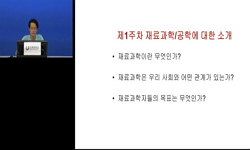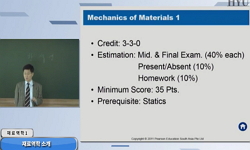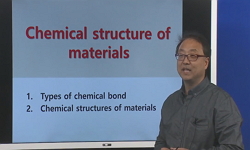In coping with the increasingly dominant process of Westernization, an essential task an architect faces in contemporary China is to create architecture that is culturally sensical and valid. For this reason, uncovering and interpreting the tradition ...
http://chineseinput.net/에서 pinyin(병음)방식으로 중국어를 변환할 수 있습니다.
변환된 중국어를 복사하여 사용하시면 됩니다.
- 中文 을 입력하시려면 zhongwen을 입력하시고 space를누르시면됩니다.
- 北京 을 입력하시려면 beijing을 입력하시고 space를 누르시면 됩니다.
https://www.riss.kr/link?id=A108182160
- 저자
- 발행기관
- 학술지명
- 권호사항
-
발행연도
2022
-
작성언어
Korean
-
주제어
왕슈 ; 전통원림 ; 원림요소 ; 형상 ; 배치 ; 재료 ; 재현 ; Wang Shu ; Traditional Chinese Garden ; Traditional Gardening Elements ; Figure ; Layout ; Material ; Representation
-
KDC
540
-
등재정보
KCI우수등재,SCOPUS
-
자료형태
학술저널
- 발행기관 URL
-
수록면
139-149(11쪽)
- 제공처
- 소장기관
-
0
상세조회 -
0
다운로드
부가정보
다국어 초록 (Multilingual Abstract)
In coping with the increasingly dominant process of Westernization, an essential task an architect faces in contemporary China is to create architecture that is culturally sensical and valid. For this reason, uncovering and interpreting the tradition of spatial art such as gardening has been a major subject of study by many leading Chinese architects. This study analyzes ShiliHongzhuang Cultural Center, a masterpiece by Wang Shu, the 2012 laureate of the Pritzker Prize and explores the specific ways by which the project represented and reproduced the characteristics of the traditional Chinese garden. This study first examines the theory of the traditional garden in terms of its layout, figures and materials. Second, the study investigates Wangs philosophy of gardening by reviewing his three articles and analyzes Wangs early work entitled Five Scattered Houses, a work regarded as the originator of his garden-style architecture, in order to draw out its characteristics in reference to traditional gardening. This study identifies six prototypical elements of commonality between the garden and the architecture such as aisle, courtyard, mountain house, water house, taihu house, and wapan wall under the categories of layout, figure and material. Lastly, this study analyzes how these architectural prototypes are represented in ShiliHongzhuang Cultural Center. The results illuminate how the Center evolves further from his early work to implement the prototypical elements in a more mature and advanced fashion. Wangs approach to design thus marks a significant point of reference for contemporary architecture that seeks to reconcile the tradition of gardening, the cultural identity, and the value of architectural creation.
목차 (Table of Contents)
- Abstract
- 1. 서론
- 2. 왕슈의 원림 이해
- 3. 십리홍장문화원에 나타난 조원 요소의 구성 특성
- 4. 결론
- Abstract
- 1. 서론
- 2. 왕슈의 원림 이해
- 3. 십리홍장문화원에 나타난 조원 요소의 구성 특성
- 4. 결론
- REFERENCES
동일학술지(권/호) 다른 논문
-
공공건축 건축기획업무 수행 현황 분석 및 개선 방향 - 공공건축 사업계획 사전검토 사업을 대상으로 -
- 대한건축학회
- 박석환(Park, Seok-Hwan)
- 2022
- KCI우수등재,SCOPUS
-
VR-EEG 기반 치유공간 시지각 요소 최적화 모델 구축 방안에 관한 연구
- 대한건축학회
- 김상희(Kim, Sang-Hee)
- 2022
- KCI우수등재,SCOPUS
-
단지 주출입구에 표현된 아파트의 사회적 인식 변화 연구
- 대한건축학회
- 박상호(Park, Sang-Ho)
- 2022
- KCI우수등재,SCOPUS
-
도시 저층주거지역의 안전한 육아환경 조성을 위한 범죄예방 환경설계 연구
- 대한건축학회
- 이효창(Lee, Hyo-Chang)
- 2022
- KCI우수등재,SCOPUS






 DBpia
DBpia







